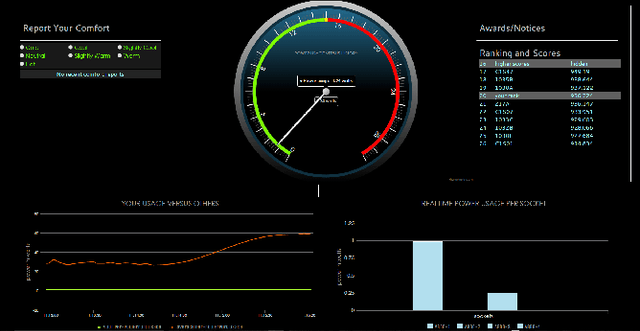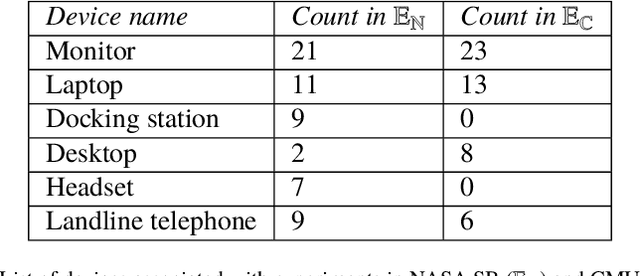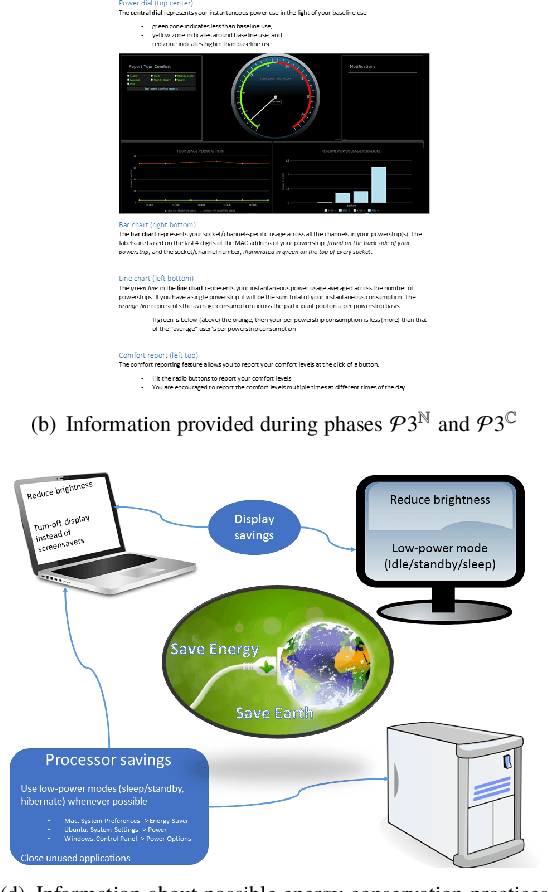Abraham K. Ishihara
Occupant Plugload Management for Demand Response in Commercial Buildings: Field Experimentation and Statistical Characterization
Apr 22, 2020



Abstract:Commercial buildings account for approximately 36% of US electricity consumption, of which nearly two-thirds is met by fossil fuels [1]. This sizeable consumption provided for by fossil fuels impacts the environment adversely. Reducing this impact requires improving energy efficiency by lowering energy consumption. Most existing studies focus on designing methods to regulate HVAC and Lighting consumption. However, few studies have focused on the regulation and control of occupant plugload consumption. To this end, we conducted multiple experiments to study changes in occupant plugload consumption due to monetary incentive and/or feedback. The experiments were performed in commercial and university buildings within the NASA Ames Research Center in Moffett Field, CA. Analysis of the data reveal significant plugload reduction can be achieved via feedback and/or incentive mechanisms. Autoregressive models are used to predict expected plugload savings in the presence of exogenous variables. The results of this study suggest that occupant-in-the-loop control architectures have the potential to yield considerable savings and reduce carbon emissions in the commercial building environment.
 Add to Chrome
Add to Chrome Add to Firefox
Add to Firefox Add to Edge
Add to Edge